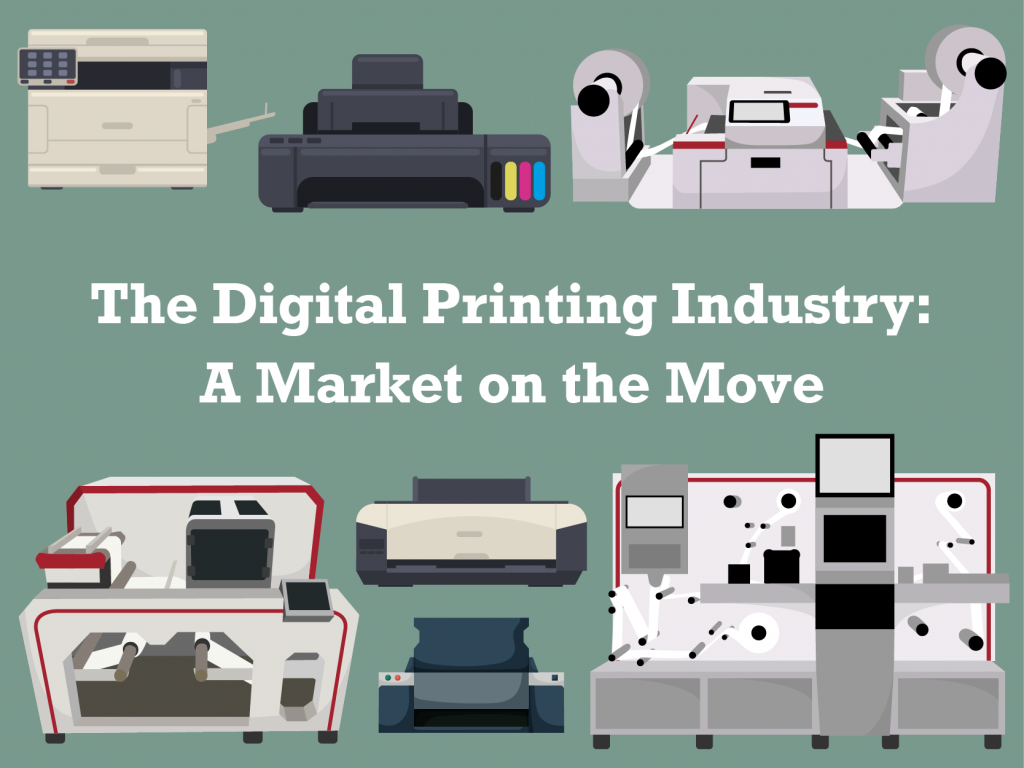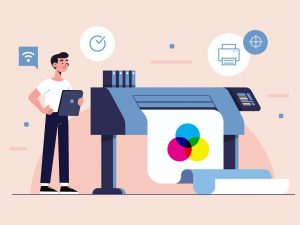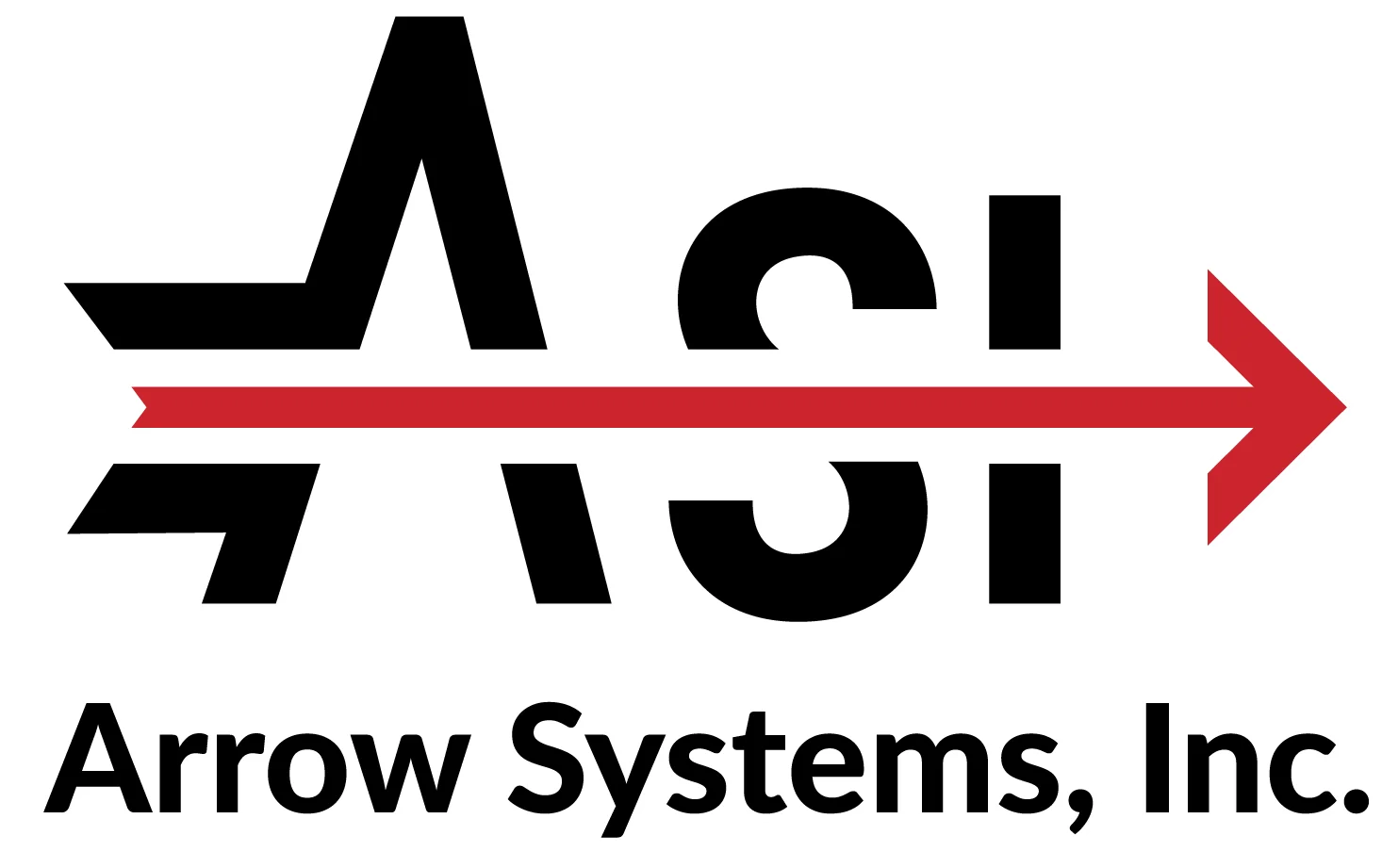
The Digital Printing Industry: A Market on the Move
What is the Digital Printing Industry?
The Digital Printing Industry comprises color, black and white, wide-format and prepress machines that print graphical material with digital equipment. These machines are a sophisticated, new technology that is changing the way the printing industry does business.

What Are the Current Trends?
Digital printing is changing how other printing-related industries do business. As the world moves towards digital media, personalized products and flashy brochures, traditional printing operations are losing opportunities for profits.
Though the revenues are projected to continue to surge, the industry is seeing an excess capacity of entry into the market. This is because of the opportunities digital printing has to offer:
Not only are the overhead costs significantly lower, but it also offers consumers flexibility and versatility in designs that traditional printing presses cannot compete with at cost. With the quality of digital prints quickly becoming as good; maybe even better, than that of the traditional printing press, digital printing is experiencing quite the growth as companies try and move into the market.
So, What Makes Digital Printing so Special?
To understand why the industry is moving towards digital, we first have to look back on how printing has worked previously. The traditional printing presses consisted of flexography, lithographic and gravure printing. They required customized plates, make-ready time and regular cleanings.
If you consider that along with the turnaround time, the lack of versatility and specificity in skillset to run these traditional presses, digital printing saw the opportunity to make significant changes in the way the industry prints.
Digital printers generally are laser toner or highly intricate inkjet machines. They range from simple table-top label printers in your home office to large, room-sized machines used to print thousands of prints an hour
The first advantage digital offers is the lack of image plate necessity. Digital printers are highly customizable, versatile an

d flexible because they don’t require a custom plate for every label or item they need to print.
Traditional printing presses require a unique, custom plate for each print which becomes increasingly more expensive with each plate. This requires significant capital to set the plate as well as significant time to set up the press before the actual printing can take place. This make-ready time is obsolete with digital printing.
A digital image can easily be modified, adjusted or changed completely and the new print will be ready for printing on demand without having to pause the entire printing process.
Where is the Industry Headed?
As the industry moves towards short-run, on-demand prints, long-run projects are becoming much less frequent. From labels, business cards or brochures, businesses are looking to lean their production by making just enough demand when they are demanded. Digital is exceeding traditional printing in this sense as the turnaround time on digital prints is nearly instantaneous.
For a traditional printing press, turnaround can take several days or weeks. The need for custom plates and excessive make-ready time stalls the printing press and ultimately the turnaround time that the prints will take.
Overall, with this market shift, the future looks bright for fast, UV printed labels and eco-friendly water-based inks for the food and pharmaceutical industry. The times in label printing and flexible packaging are changing, and this is just only the beginning.
Looking for more information? Contact our experts at Arrow Systems, Inc. and we’ll be more than happy to assist with any of your digital printing needs!
